
Granada is another important and beautiful colonial city in Nicaragua. The Saturday trip to Granada also marked exactly 1 month since our family’s arrival in Nicaragua, and it made for a wonderful way to experience many things that make Nicaragua such a beautiful country all on the day of that anniversary!

I also made our children write journals entries about the city for school, so I will let their writings help tell some of Granada’s story.
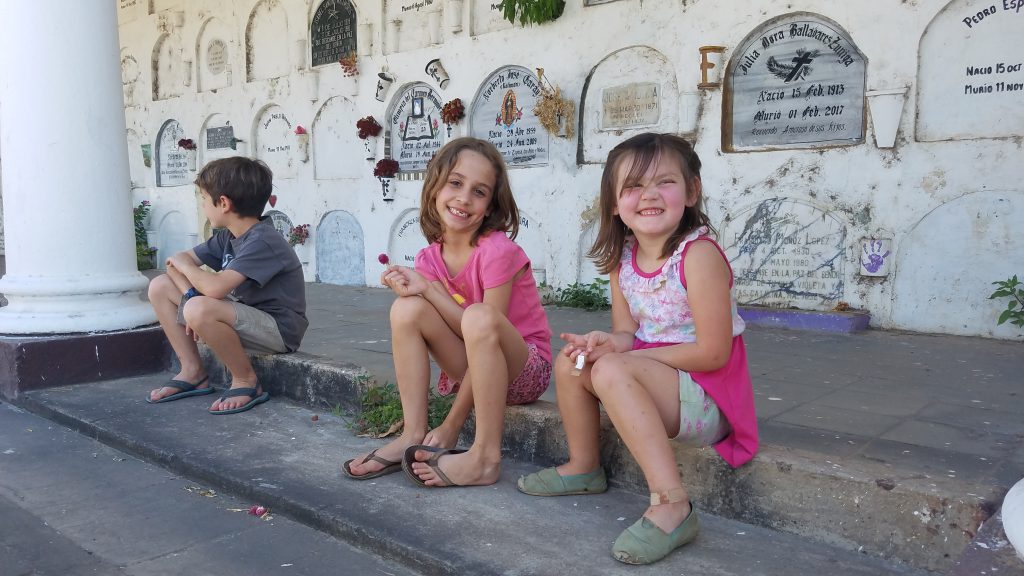
QUINTEN: “Granada is a cool place, but very important too! Other than being one of the oldest cities in the Americas, it has faced many dangers (pirate attacks, volcanic eruptions, etc.).”
THEA: “First we went to a cemetery. A cow was “mooing” the grass (😊 😊 he he). We looked into graves and we had fun. People get buried in tombs. One person would get buried with their family under the same tomb.”
**Okay so, we did not look “into graves”, lol, but we toured around to see the many very elaborate family tombs and statues adorning them. Being from rural Ohio where cemeteries are mostly simple granite headstones, the idea of huge above-ground family tombs was a new concept. Also, there really was a cow inside the cemetery grazing when we first arrived, very common here for people to graze their livestock on any public space that has grass on it, but the kids found a cow wandering among the tombs especially amusing and out of place.**
After the cemetery we walked around town some and stopped to see another beautiful old cathedral. I had the opportunity to climb to the bell tower for the view, but because of the steep stair climb (My legs were tingling for a while afterward and still sore the next day), children had to stay grounded and were happy to get a snack with daddy instead.
QUINTEN: “Chocolate is good, right? But think about the story behind it.”
THEA: “We went to a chocolate factory and learned how to make chocolate. We did a dance and sang “Ba-te, ba-te, Cho-co-la-te” (Stir stir Chocolate). We got free samples of brownies, chocolate, mocha, Nicatella (like Nutella), and a chocolate massage made of cocoa butter. It was fun.”

**The Choco Museo Nicaragua was a lighter stop after the cemetery. The guide who took us on the tour spoke great English, and was a born performer. They have a creative and fun presentation to walk guests through the process of how chocolate is made, starting with the cacoa tree, the history of its use going back to the Mayans, the process of separating the beans from the pods and grinding them (with a fun chant and dance routine that invited audience participation!), the different products made from different stages of the process and the differences between the different types of chocolate (the guide was impressed by the tastes of our children who affirmed that DARK chocolate is the best kind of chocolate, we’ve raised them well). And yes, at the end of the tour we all got to sample many different chocolate-based products they make there before we were invited to make some gift shop purchases. It was a fun and informative experience, and didn’t take up a lot of time.

THEA: “Then we went to Lake Nicaragua in Granada. They have islands (islas). The islands are made by Volcan Mombacho. A long time ago the volcano erupted, shooting huge rocks into the lake and making islands. There are houses, cafes, or even restaurants on them. We rode on a boat to an island to swim.”
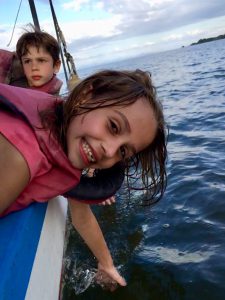
QUINTEN: “It also has 365 islands made out of volcanic rock coughed out of Volcan Mombacho, thousands of years ago. We went on a boat ride to the islands.”

**That description that the islands were “coughed out” by the volcano, LOL! The boat tour around the lake to see the isletas (little islands) in the afternoon was definitely the highlight of the day! The volcano backdrops surrounding the lake are beautiful, and gawking at all the little islands with the unique homes that have been built on each one led to fun exercises in dreaming up “if you owned your own island, what would you do with it?”

Our boat tour guide was super knowledgeable about all of the islands: which ones are owned by former and current presidents, which one is owned by the biggest beer mogul in Nicaragua, the ones owned by the family of Nicaragua’s first billionaire businessman Carlos Pellas, this one that was bought by Canadians and that one that is owned by a family from Brazil….And of course Denver would never let me forget “Monkey Island”, a tiny area of rock and trees inhabited only by 3 Spider monkeys!
Our guide was also able to point out the many private islands that are currently for sale, and tell their selling price, which made me wonder if he doubles as a real estate agent and would make a commission if he convinced some tourists to make an impulse buy (which is tantalizing idea, they really are beautiful little secluded islands in a quiet lake!). At the farthest part of the tour we stopped at an island restaurant that had a small swimming pool, bought drinks and played for a while. Denver and the kids even took a few jumps off a diving board into the lake! (Cheyenne and I were content to sit on the edge of the pool and just get our feet wet).
Sidenote, it was also our last day with two awesome La Mariposa friends, Cynthia and Pascal from Quebec, Canada (awesome French accents!), as they were staying in Granada at a hostel before heading off on some Nicaraguan adventures on their own. Cynthia was great at making my children go wild with silly threats that she wanted to eat their toes (which I found out later led them to google the question, “How many kids have toes in Canada?” LOL!). We miss you toe-eating Canadians!
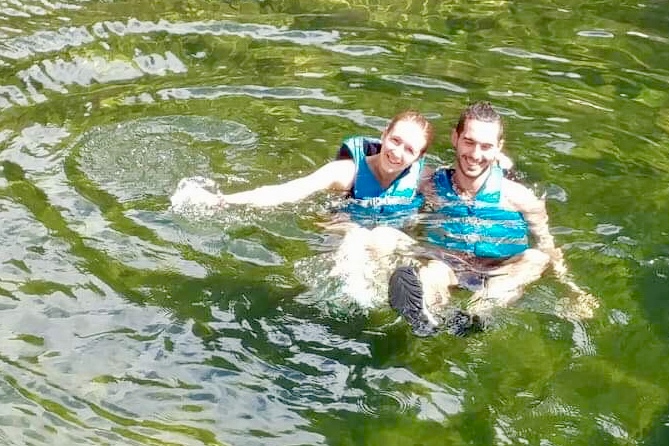
So in all, it was a very good day, and if you are ever touring around this beautiful country, a tour of Granada should be on your must-see list!




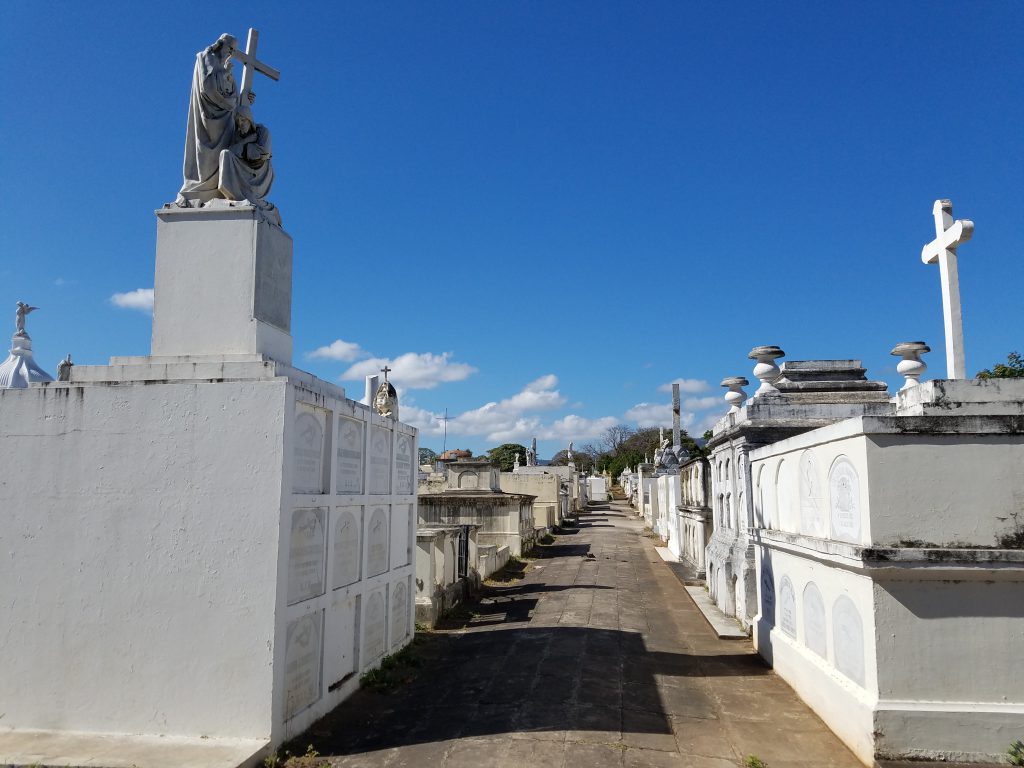











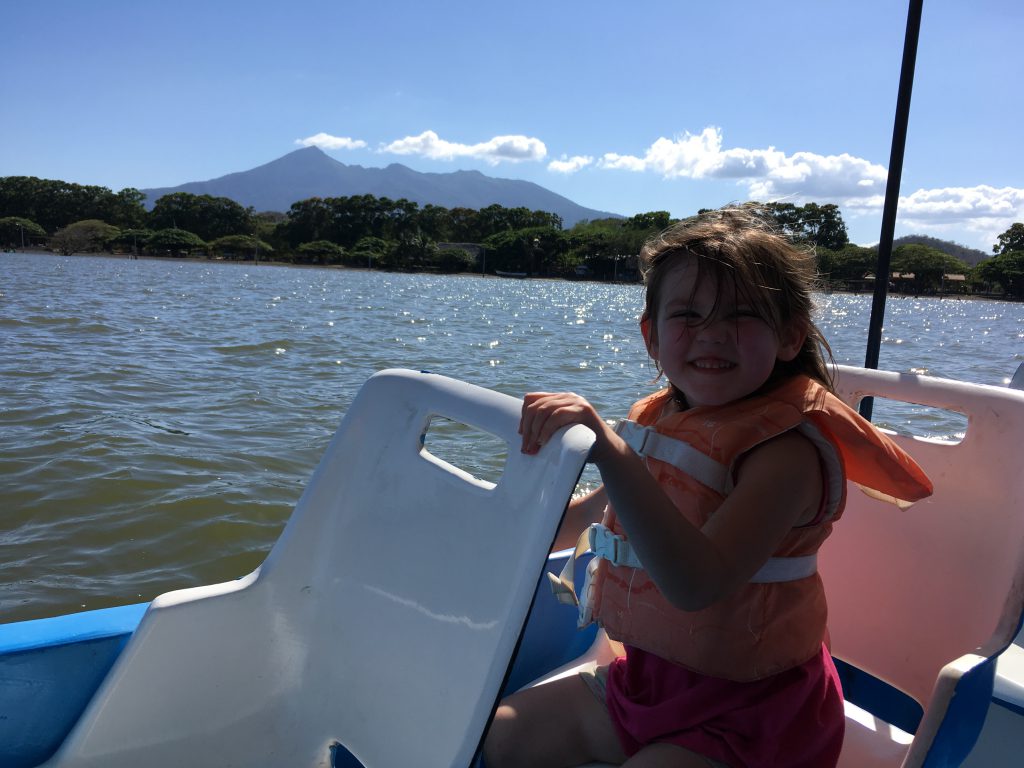


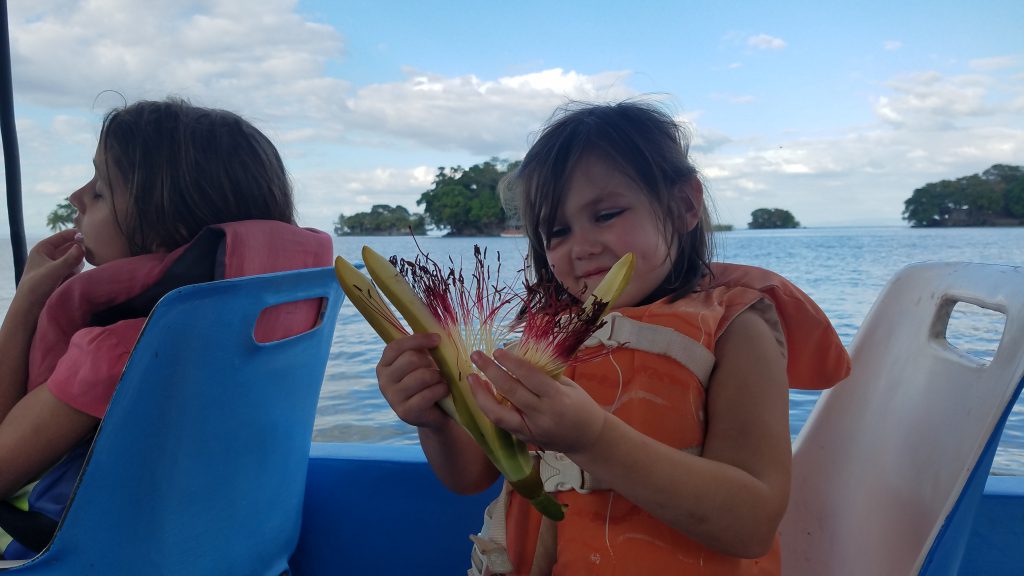


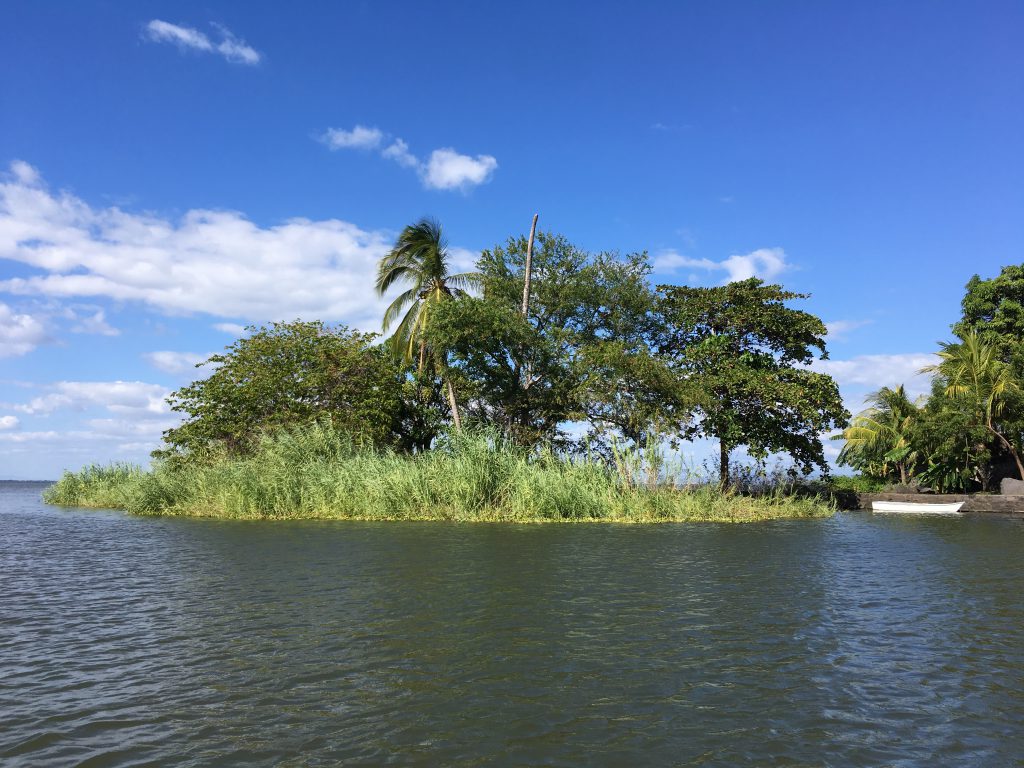
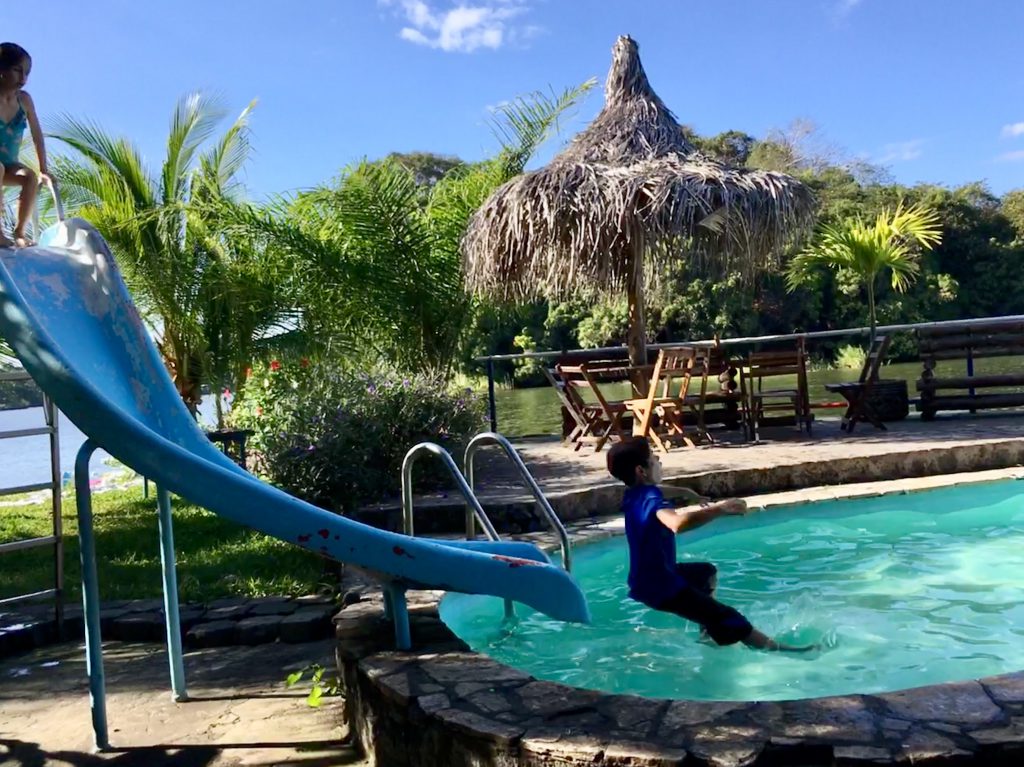

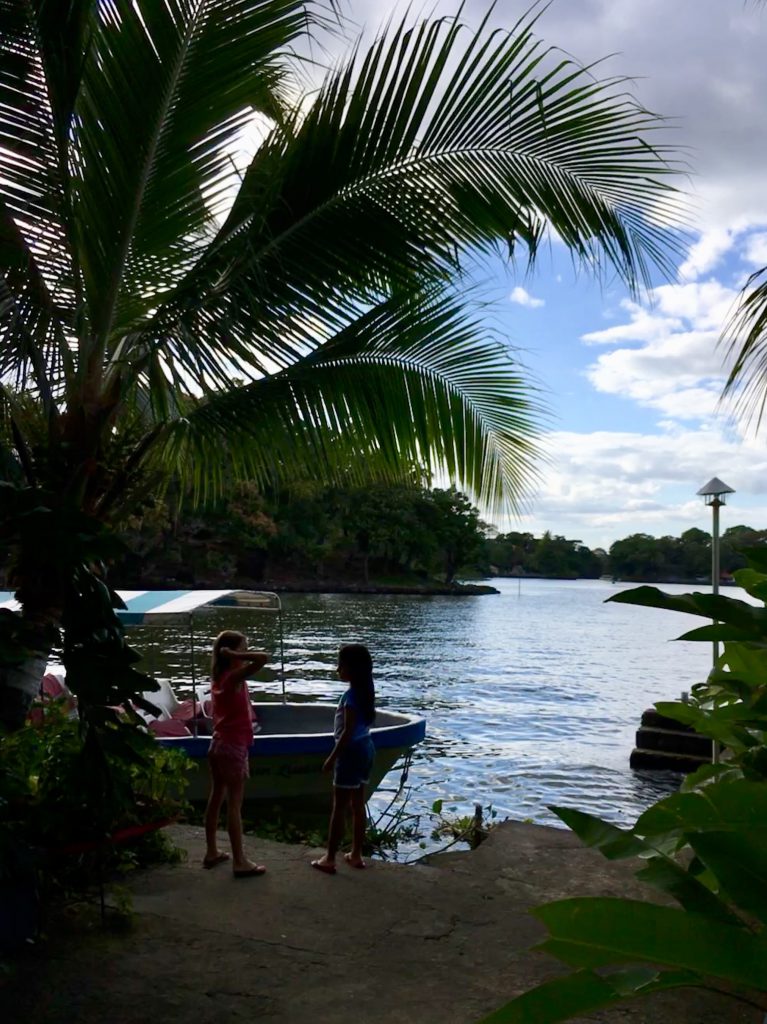

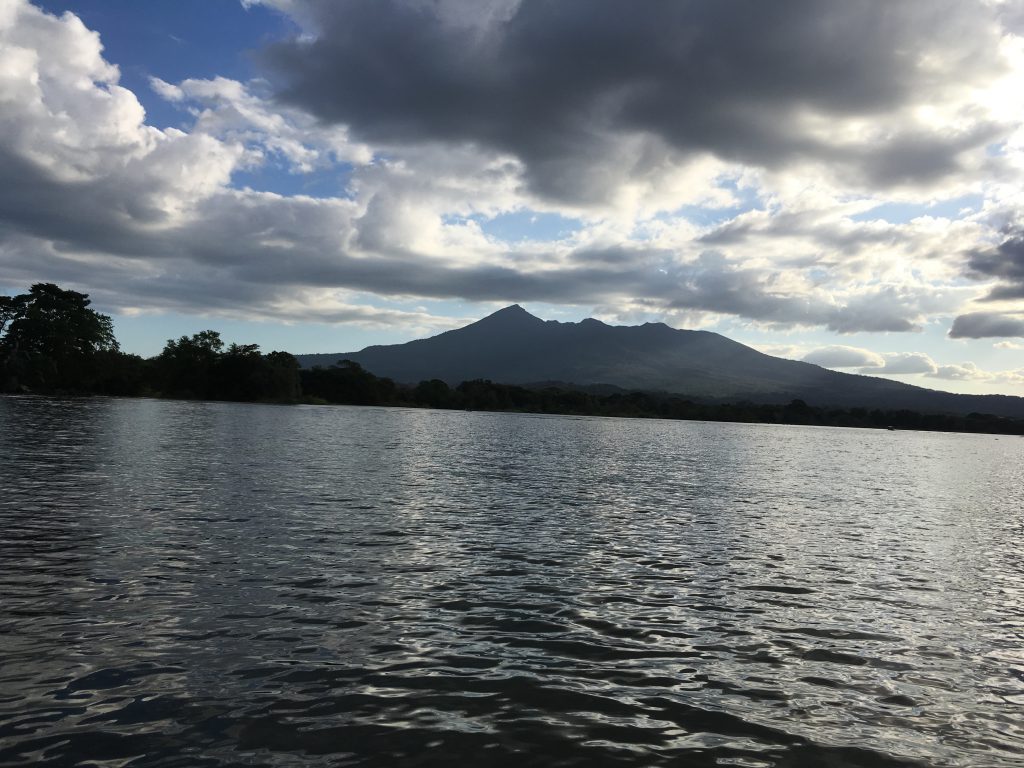
Beautiful
Thank you for reading, Bev! Glad you enjoyed them 🤗
I loved reading about your tour of Granada and seeing the beautiful pictures! Thank you for sharing!
I liked the tour of Granada, Nicaragua 🇳🇮 and we sailed in a lake that has freshwater sharks 🦈 and swam in the lake and a pool 🏊♀️ it was very fun. Thanks for reading!
I am enjoying your sharing about your adventures. Your (great) aunt Lisa’s most challenging subject in school was always geography. It is sooo much more interesting to learn about new places from your stories and pictures! Wonderful! I do wonder what the feathery fruit? is that Cheyenne is holding in the one picture. I have never seen anything like that. Much love, Aunt Lisa and Uncle Larry
Lisa, It’s good hearing from you. Cheyenne is holding a kind of flower that comes from a “money tree”: https://en.wikipedia.org/wiki/Pachira_aquatica